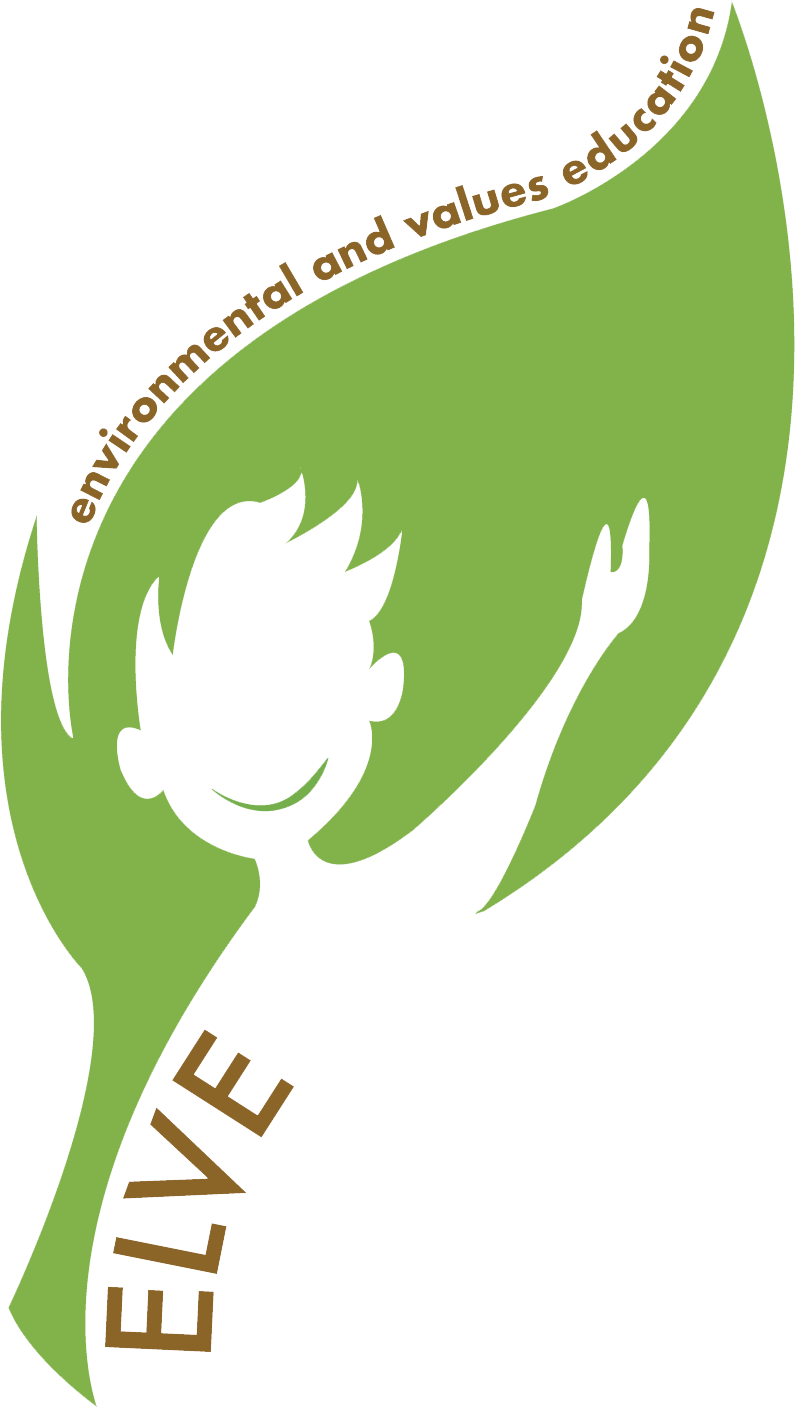Give Preloved Toys A New Life
Age3-6
ValueEnvironmental, Ethical
Locationat home, School
Recommended group size1-5
Recommended time / Minutes60-90
| Topic | Creativity |
| Overview | Upcycling is a very good sustainable practice to give a new life to “preloved” toys. Children dismiss toys for various reasons. In a survey run in the UK, almost one third of parents have admitted to throwing away toys in good working condition, because their children have finished playing with them. Click here to read about the survey. In this activity, you will run a “toy recycling campaign”. Children will first upcycle the toys they are willing to dismiss. You will, then, teach them about giving these toys to charity. The dismissed, donated, and recycled toys will be handed over to other children who do not currently have access to toys. If you have a space to store toys, you can also decide to combine the toy upcycling hub with a toy library. In this case, children will be free to pick out toys to use at home and, then, bring them back to school. |
| Learning objectives | ● Make children understand that by donating toys they dismissed, they both reduce waste and save precious raw material. ● Make children understand that donating preloved toys brings happiness to other children and gives them support. ● Nurture their inner motivation for generosity by involving them in purposeful acts of kindness. ● Nurture their quite natural understanding for justice and marginalization. |
| Skills developed | Teamwork |
| Method | Group work with all the children, best if organized in groups of five. |
| Materials | You need: Durable plastic toys (see picture). For this age group (3-6) the items must be strong and heavy-duty and easy to clean and repair (vehicles, doll houses, play kitchen, beach toys). Water, soap, tooth-brush, sponges and ribbons. |
| Guidelines | 1) Start your toy recycling campaign by locating a charity in your community that will accept your toy donations. Many children shelters as well as local churches that assist low-income families might accept donated toys. Only then speak about the campaign in class. Show your children how donating can have a positive impact on the lives of others. Make them recognize that their help is actually needed.2) Work in collaboration with the parents. Prepare a family information sheet (see attached template) in which you explain that along with your class you want to improve our environmental footprint by preventing toys ending in landfills. Make clear that you are looking for durable plastic toys that can be cleansed, sorted, and packed before donation. Then, collect the toys.3) Once you get the toys, organize the recycling hub. Every group will get one plastic toy to prepare. Let the children clean the toys with non-aggressive detergents (water and soap) and sponges and air dry them. More specific stain removal can be done by educators separately. Wrap a big ribbon around the recycled toys. Make children formulate a wish to be attached to the toy.In case you opt for a toy library, you have to record your items and allocate a unique identification number to them. Marking on each toy must be durable and easy to read, but must not spoil the toy by being too large. If possible it should be written with a non-toxic marker on the back or underside of the toy. It is good to use a combination of letters and numbers, for example an abbreviation of the name of the toy library “ Bologna Toy Library” would be “BTL” followed by the number “BTL1”. |
| TipsAdditional materialsHow to apply online?What to do at home? | Small children love to spin, twist and turn parts. Why not upcycle plastics to create a very simple yet appealing dashboard?You need:
For fixing, use fuzzy sticks (for example so-called pipe cleaners). Go through the (a) craft buttons and pass the fuzzy stick through a small hole in the (b) plastic lid and the (c) cardboard box. For a better fix use two buttons on each side of the cardboard |
| Author | Svenja Pokorny |
| Media | |
| Download | Download |
